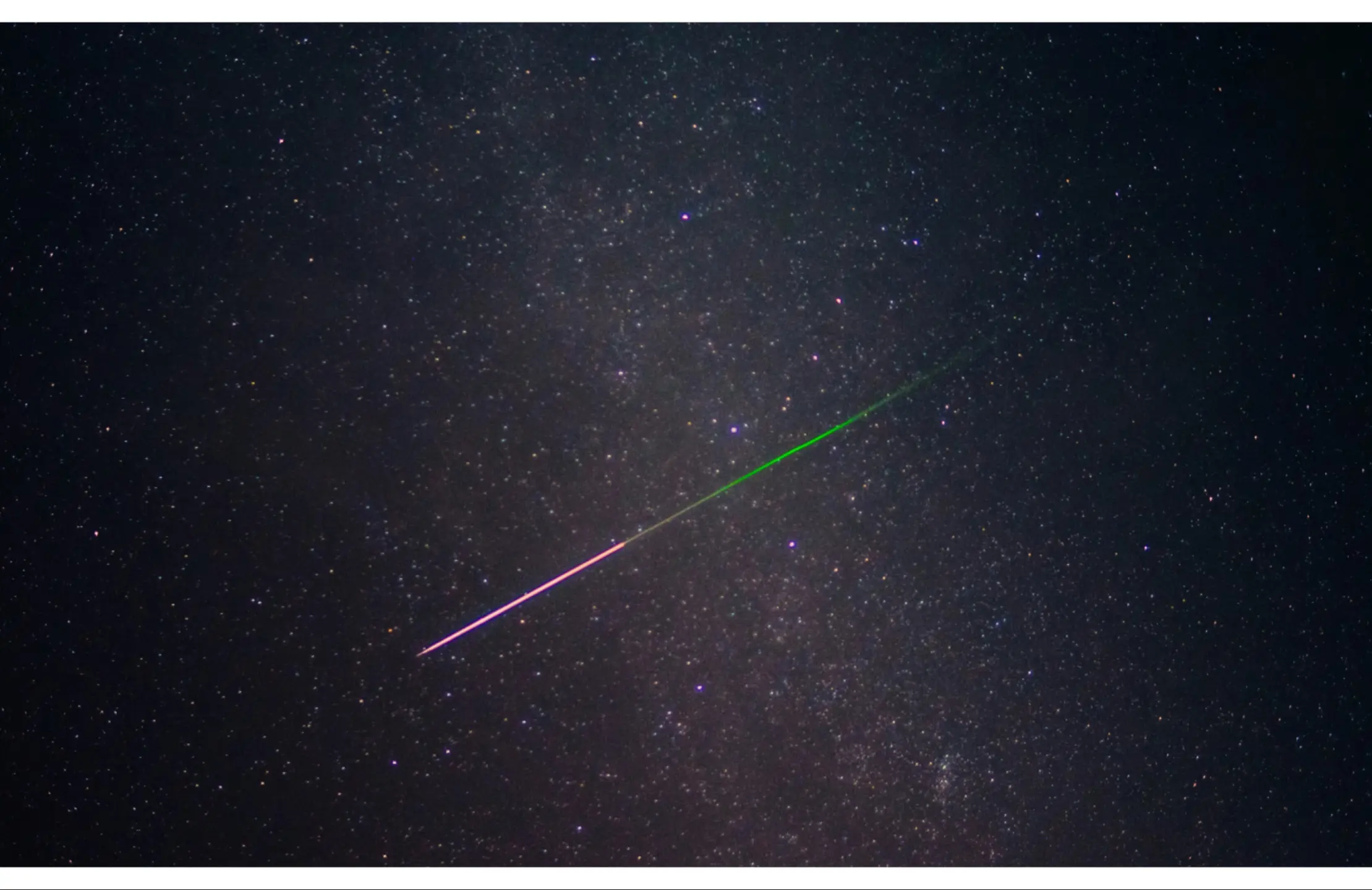NASA shares tips to enjoy the Perseids meteor shower 2025 despite challenging full moon skies
-
 Image via Unsplash
Image via UnsplashThe Perseids meteor shower has long been a favourite for skywatchers, famous for its bright, fast-moving shooting stars that light up the night. In 2025, the shower will reach its peak in mid-August, once again drawing eyes to the sky across the world. But this year comes with a twist—its peak will happen under a full moon, which means the night sky will be brighter than usual and the faintest meteors may be harder to spot.
Still, NASA assures that the Perseids are worth watching. With a bit of planning and a few smart viewing tricks, you can still catch some of the year’s most dazzling meteors. Here’s a closer look at the 2025 Perseids and how to make the most of this celestial show.
When and Where to Watch the Perseids
The Perseids meteor shower occurs every year from mid-July to late August, when Earth passes through a trail of debris left by the comet Swift-Tuttle. In 2025, the shower is expected to peak between August 11 and August 13, with the highest number of meteors appearing in the early morning hours before dawn.
The meteors will seem to come from the constellation Perseus, which is how the shower got its name. However, you do not need to look directly at Perseus to see them—meteors can appear anywhere in the sky.
NASA recommends watching from a location with minimal light pollution. Rural areas, open fields, or beaches away from city lights will offer the best views.
Why the Full Moon Will Make Viewing Harder
This year, the Perseids will share the sky with a full moon, which means the night will be brighter than usual. That extra light will wash out the dimmer meteors, making them harder to spot. Under dark skies, the shower can produce anywhere between 50 and 100 meteors an hour, but with the moon shining, only the brightest will break through.
Even so, the Perseids are known for something special—fireballs. These are big, bright, and fast-moving meteors that stand out even when the moon is lighting up the sky. NASA says that’s reason enough to grab a spot outside and watch, because you never know when one of these spectacular streaks will appear
NASA’s Tips for Seeing More Meteors
NASA has shared a few ways to improve your viewing experience, even with the bright moon:
- Go out after midnight but before dawn – This is when the sky is darkest and the most meteors are visible.
- Face away from the moon – Position yourself so that the moon is behind you or blocked by a building, hill, or tree to reduce glare.
- Allow your eyes to adjust to the dark – Spend at least 20 minutes in darkness before trying to spot meteors.
- Bring a reclining chair or blanket – Lying back allows you to see more of the sky without straining your neck.
- Be patient – Meteor watching takes time, and bursts of activity can be followed by quiet periods.
How to Prepare for the Night
Meteor showers are best enjoyed when you are comfortable and prepared. Dress warmly if the night will be cool, and bring snacks, water, and insect repellent if you are in a rural area. Turn off or dim any lights around you, and avoid looking at phone screens, as bright light can ruin your night vision.
If possible, try watching the shower on multiple nights around the peak. While the number of meteors will be lower before and after the peak, the moonlight may be less intense on those nights, offering a better balance between brightness and visibility.
Even with a bright full moon, the Perseids meteor shower is still one of the most exciting astronomical events of the year. The fast, bright meteors and occasional fireballs make it worth staying up late or waking up early to watch.
NASA reminds viewers that part of the magic of meteor showers is the experience itself—spending time outdoors, looking up at the stars, and connecting with the night sky. Whether you see a few meteors or many, the Perseids offer a chance to witness a natural light show that has been enjoyed for centuries.
TOPICS: Meteor Shower
- When and where to watch the Beaver Moon and Taurid meteor shower this week
- When is the next meteor shower in 2025? Everything you need to know about South and North Taurid meteor showers
- Draconid meteor shower to peak tonight on October 8, 2025 — here’s what skywatchers can expect
- When is the meteor shower tonight and how can you watch the Perseids at their peak?